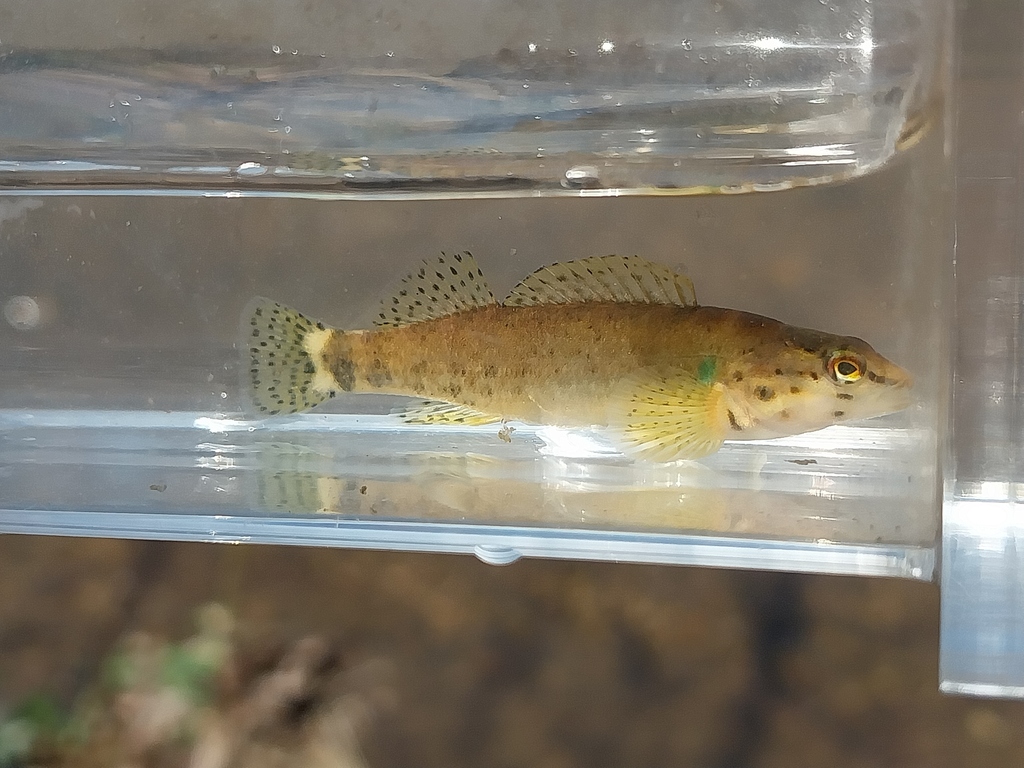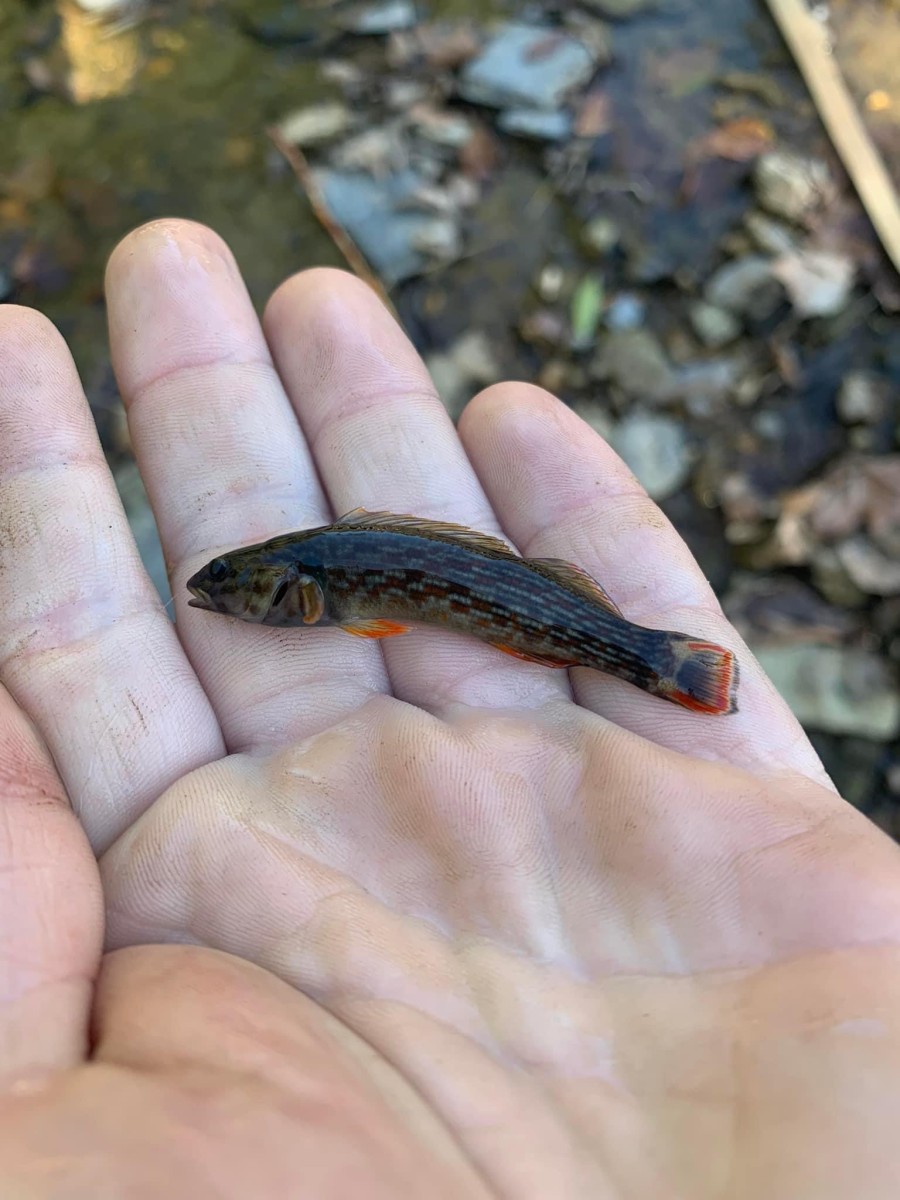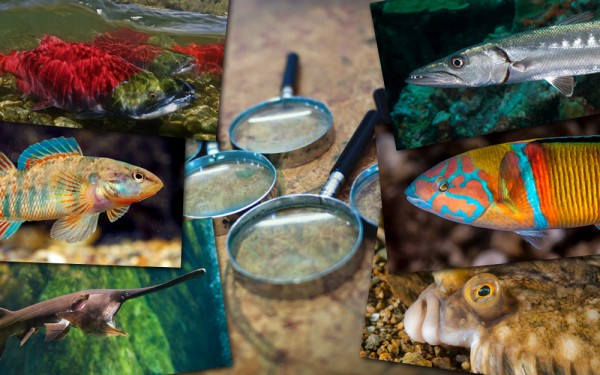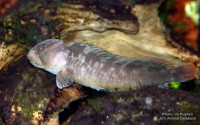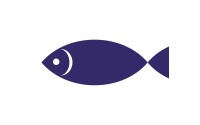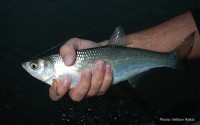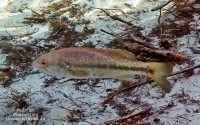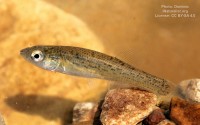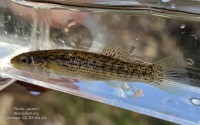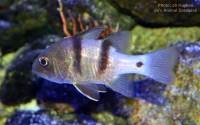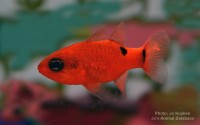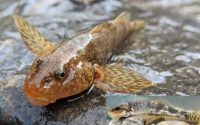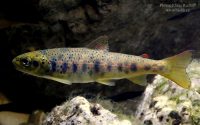Redline darter
(Etheostoma rufilineatum)
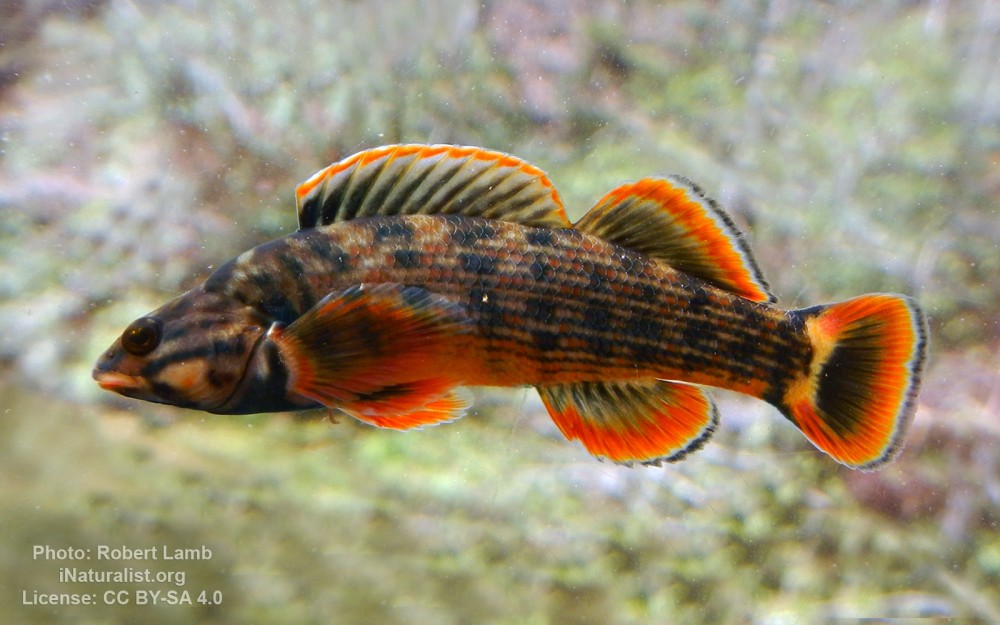
Image source: Robert Lamb | inaturalist.org
Classification
General data
Redline darter is known only from Cumberland (below Big South Fork) and Tennessee River drainages in Virginia, Kentucky, North Carolina, Tennessee, Georgia, Alabama and Mississippi in the USA.
This fish, like most other darter species, tends to inhabit clear, rocky riffles of streams, creeks, and small rivers.
The average length for this fish is 7 cm, with a maximum recorded length of 8.4 cm.
The maximum recorded life span in the wild for this species is four years.
The redline darter feeds mainly on aquatic macroinvertebrates, including midge fly, black fly, and caddisfly larvae, as well as water mites and mayfly nymphs.
These fish spawn in the spring and early summer, from May through August. Females reportedly lay between 21 and 131 eggs, which are fertilized by the male and buried in the substrate. Males then guard the nest until the eggs hatch.
Redline darters are among the most common darter species throughout much of their range, so do not require any specialized management. These darters do benefit, however, from management activities that promote healthy streams and a diversity of other darter species because of similar habitat requirements. Due to feeding and reproduction habits, these fish require flowing water, meaning that damming of creeks or streams by humans or beavers could result in extirpation of this species from those water bodies. Also, because this species needs clear water to feed, siltation and pollution that increase turbidity are detrimental to it.
